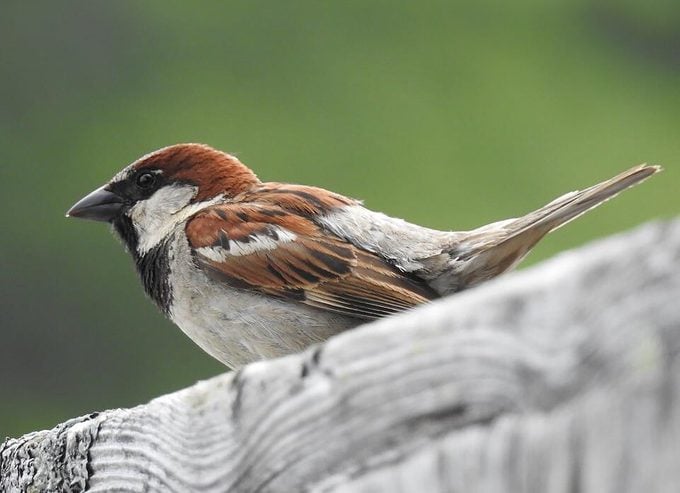Understanding the Diversity of Sparrow Birds
Sparrows are often overlooked, but they play a significant role in the ecosystem and backyard birdwatching. With at least 33 species of native sparrows found across the country, it's easy to group them all together as "just another sparrow." However, each species has its own unique characteristics, behaviors, and habitats that make them worth studying and appreciating.
During fall and winter, sparrows become a common sight at feeders, bringing life and energy to the feeding area. They can be seen hopping around, pecking at seeds, scratching for food beneath feeders, or searching for leftover seeds in gardens. Their presence adds a sense of movement and activity to the backyard, making them an essential part of the seasonal birdwatching experience.
To attract native sparrows, consider offering a variety of seeds such as sunflower, safflower, white millet, thistle, or cracked corn on the ground. While some may occasionally visit feeders or birdbaths, their primary feeding habits are more grounded. Another fascinating trait of sparrows is that they are all songbirds, with songs ranging from the sweet melodies of the fox sparrow to the buzz-like calls of the grasshopper sparrow. Each species contributes its own unique sound to the avian symphony.
Taking a closer look at these birds reveals a subtle beauty that is often missed. Using binoculars, you can appreciate the details of their plumage and identify different species based on features like head markings, body coloration, and distinctive patterns.
Winter Sparrow Birds
Native sparrows are a beloved presence at feeders from fall through spring in most regions of the country. As the seasons change, they migrate north for breeding, but their songs often return before they leave, marking the transition into spring. Here are some of the most common winter sparrows to look out for:
White-Throated Sparrow
This abundant and familiar bird is easily identified by its snowy bib. Its song, often described as “Old Sam Peabody-Peabody-Peabody,” varies slightly in pronunciation depending on the region. While commonly seen in the East, it is much less frequent in the West.
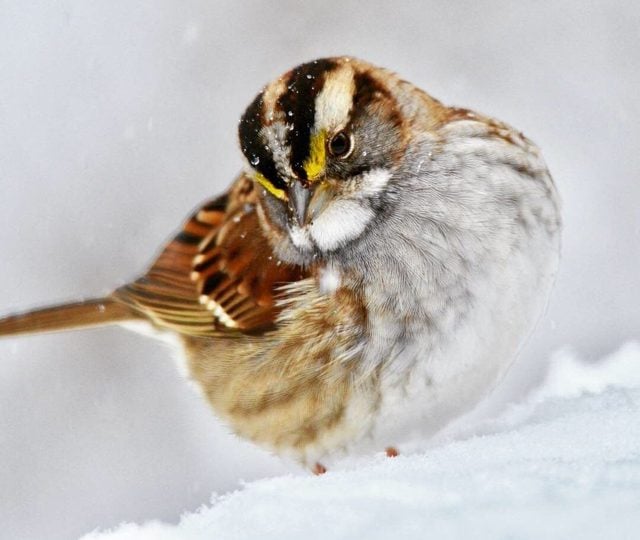
White-Crowned Sparrow
With bold white stripes on its head, this striking bird is an eye-catching sight. It typically leaves in late spring, coinciding with the time when dandelions turn into seed puffs, which are a favorite food source. These sparrows may travel as far as the Arctic Circle for nesting.
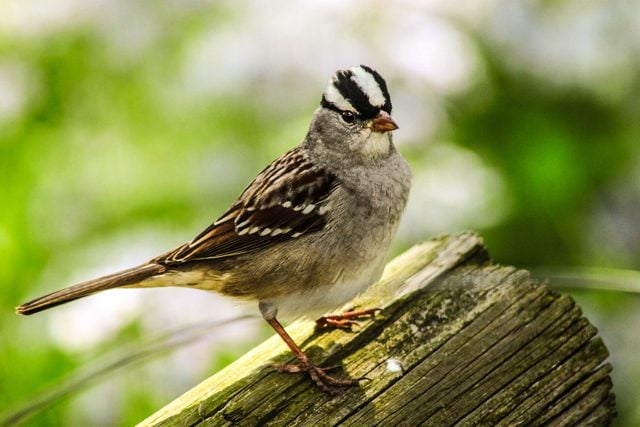
Fox Sparrow
One of the largest and most beautiful native sparrows, the fox sparrow is a rare visitor in many areas. Known for its rich chestnut color in the eastern U.S., it has a distinctive mix of gray and reddish-brown feathers. In the West, its coloration is duller, leaning toward gray or brown.
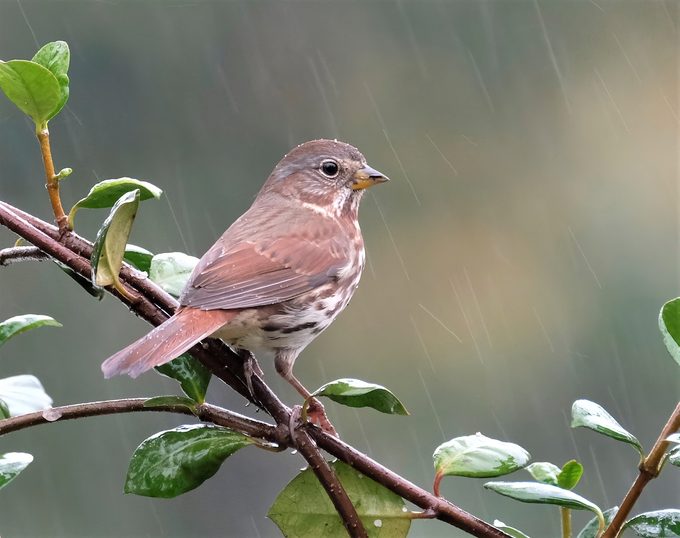
American Tree Sparrow
Both males and females have a rusty patch on the top of their heads and a red streak across the eye. Their chests are relatively plain, often with a dark smudge in the center. The bicolored bill—dark on top and yellow below—helps distinguish them from other species.

Harris’s Sparrow
This species is often found in flocks with juncos during the winter. According to the Kaufman Field Guide to Birds of North America, a stray Harris’s sparrow may appear anywhere. Adult birds have a pink bill and a white belly, along with a black throat.
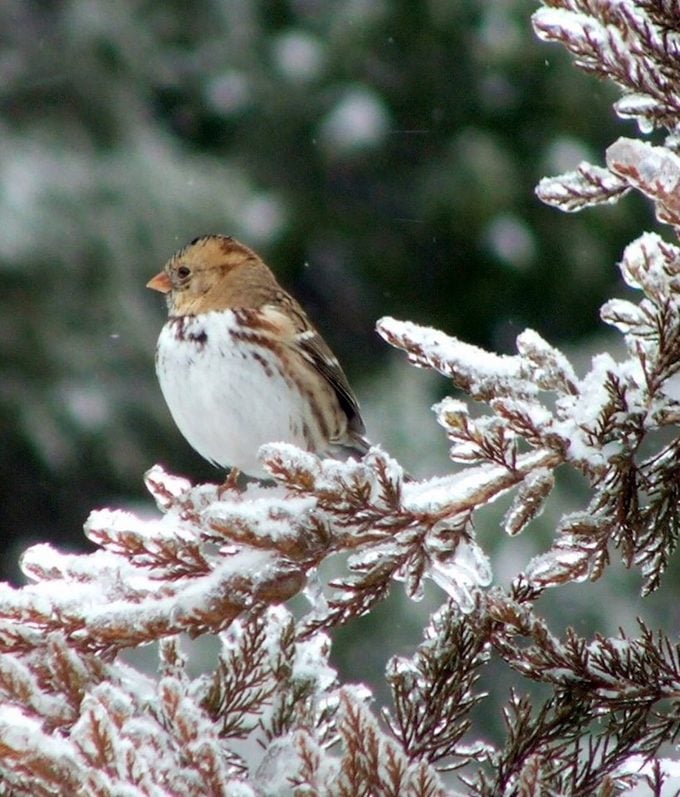
Golden-Crowned Sparrow
As their name suggests, these small birds have bright yellow dots on their heads. They spend summers in Alaska and western Canada but are often seen in shrubby fields on the West Coast during migration. They tend to stay on the ground, nibbling on dropped peanuts.
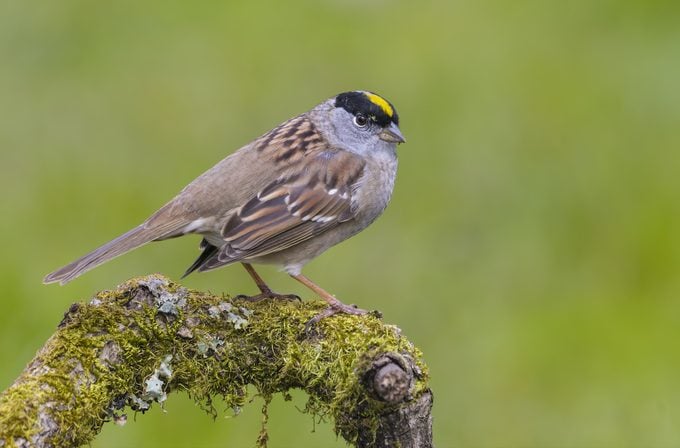
Dark-Eyed Junco
Known affectionately as snowbirds, these black and white sparrows are a sure sign of winter. Part of the sparrow family, they are a common sight in backyards and open spaces.
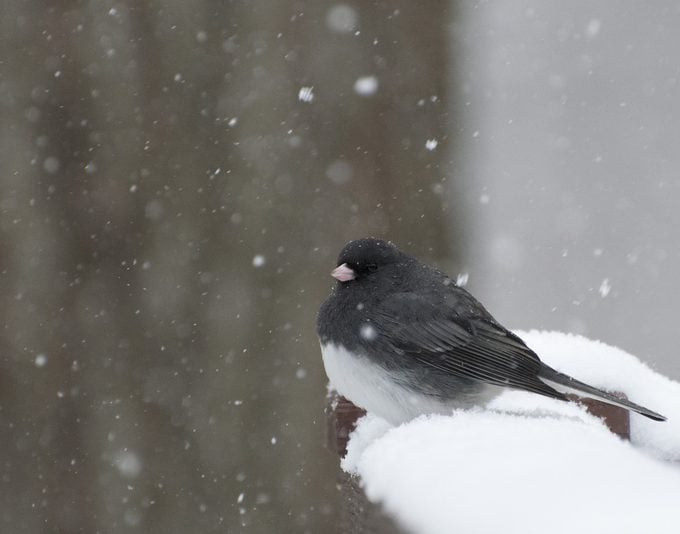
Spring Backyard Nesters
While many sparrows visit feeders during migration, only a few are willing to nest in typical backyard environments. Species like the sage sparrow, swamp sparrow, and seaside sparrow require specialized habitats that go beyond what most yards can offer.
Song Sparrow
The most widespread sparrow, the song sparrow begins singing in late winter, signaling the arrival of spring. It often nests in backyards, building a deep cup of grasses on the ground. Its off-white chest is marked with dark brown streaks, and its head features rich red-brown stripes.
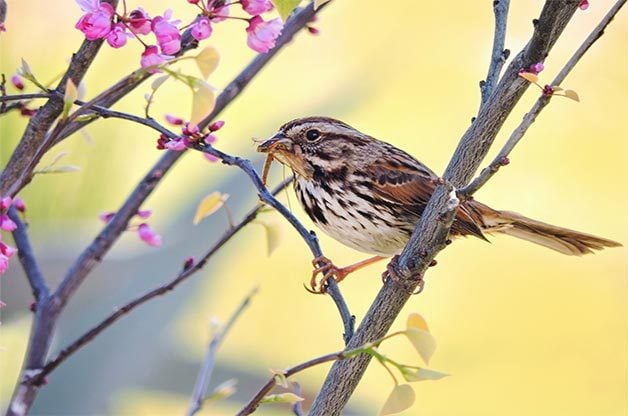
Chipping Sparrow
This small bird is known for its monotone trill, which can be easy to overlook in the spring chorus. It nests in backyard shrubs and is often seen collecting stray hairs from dogs to line its nest. Compared to the American tree sparrow, it has a black eye streak, darker feathers near the beak, and a slightly gray chest.
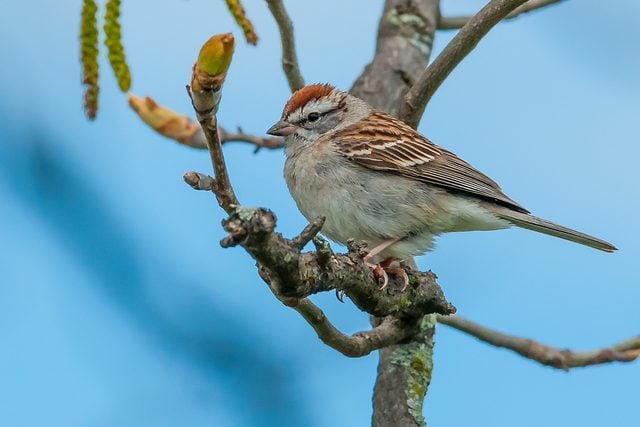
Sparrows to Look for During Migration
Many native sparrows stop at feeders during migration, but not all become regular visitors. Keep an eye out for these little brown birds when hiking or driving, as they may pass through your area briefly.
LeConte’s Sparrow
This shy bird prefers damp fields and shallow marshes. Look for orange-buff face stripes and gray cheeks.
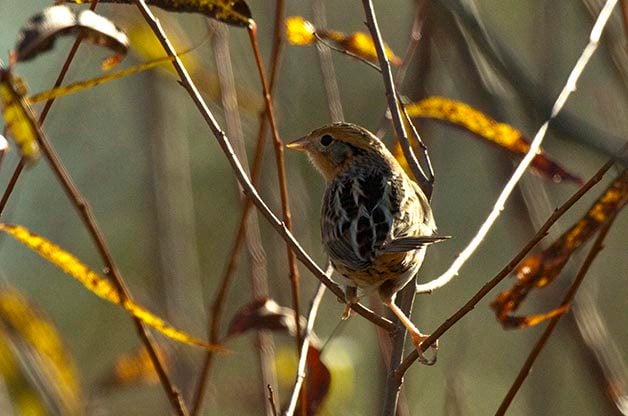
Nelson’s Sparrow
Found in wetlands, especially in the Midwest, these sparrows are sometimes called “orange sparrows” due to their coloring. They were once considered the same species as the saltmarsh sparrow.
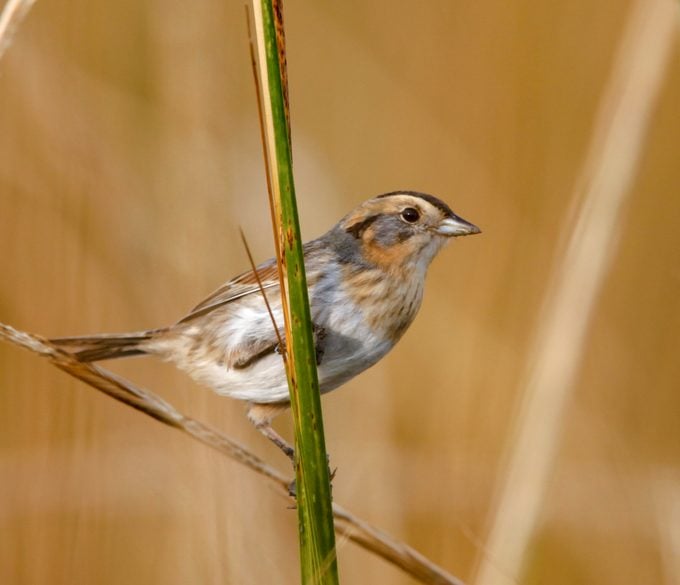
Vesper Sparrow
This bird resembles a larger song sparrow, but its white outer tail feathers give it away. Its song is similar to that of the song sparrow, starting with a few whistles followed by a quickening trill.
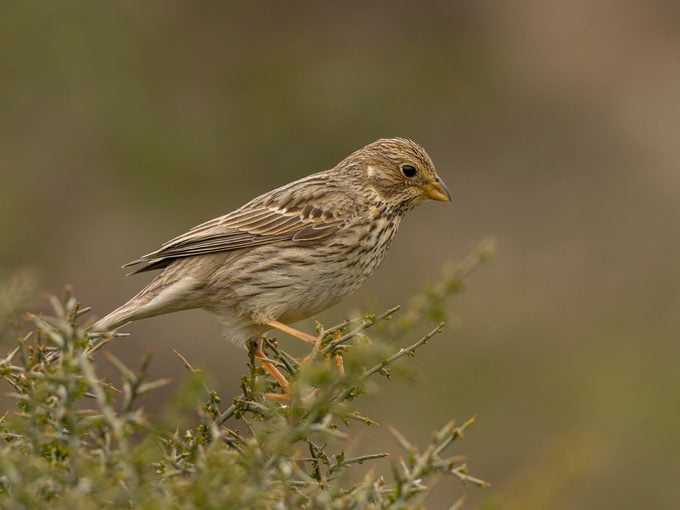
Savannah Sparrow
These sparrows are commonly found in grasslands and are characterized by their streaky-breasted brown appearance. They often perch on fence posts or road signs while singing.
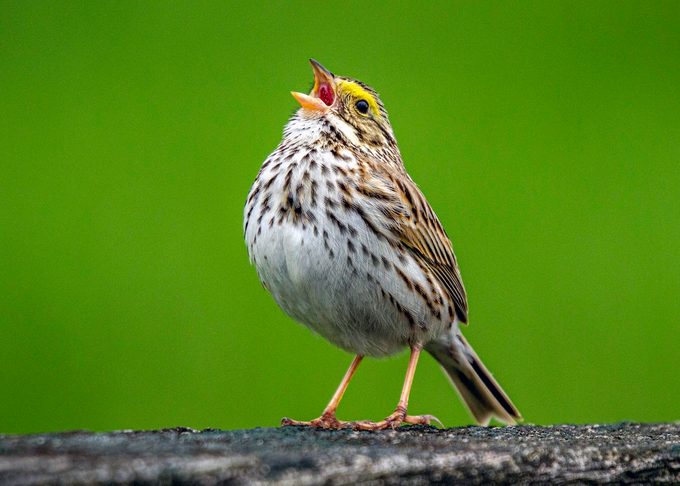
Lincoln’s Sparrow
An uncommon species in the East, this shy bird has a gray face with reddish-brown stripes on the crown and a buffy chest with black streaks. Its song is sweet and wren-like.
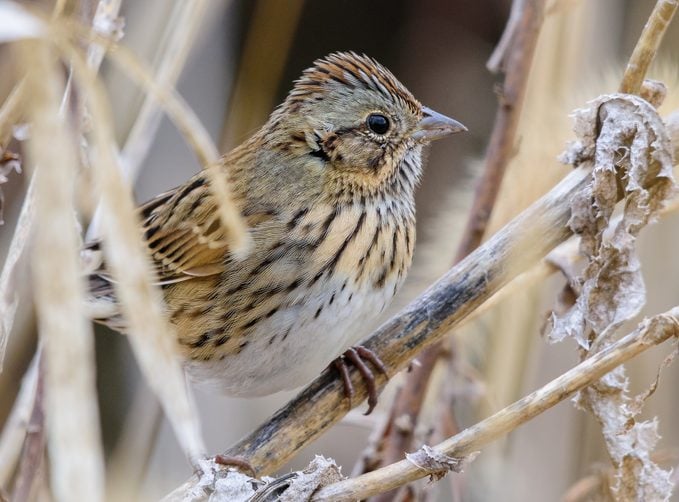
Black Throated Sparrow
A true desert bird, the black throated sparrow is found throughout the Southwest. It has a black throat and mask, with white eyebrow and whisker stripes. It can survive for long periods without water.
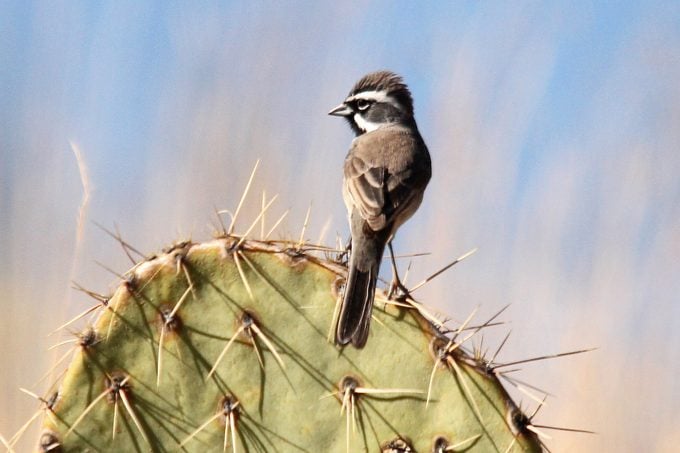
Grasshopper Sparrow
This small, shy sparrow is often heard more than seen. Its sibilant buzz resembles that of an insect, and it lives in fields and pastures. Unfortunately, its numbers are declining sharply.
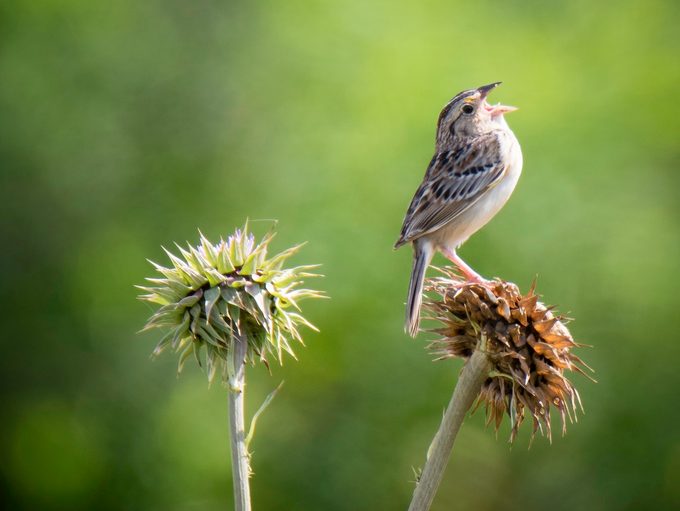
Non-Native Sparrows
House Sparrow
Unlike native sparrows, the house sparrow is an Old World species that was introduced to North America. It is commonly found near buildings and is chunkier than native sparrows. Breeding males have a black bib, white cheeks, a gray crown, and a reddish neck.
